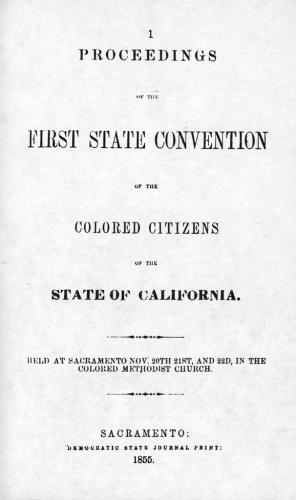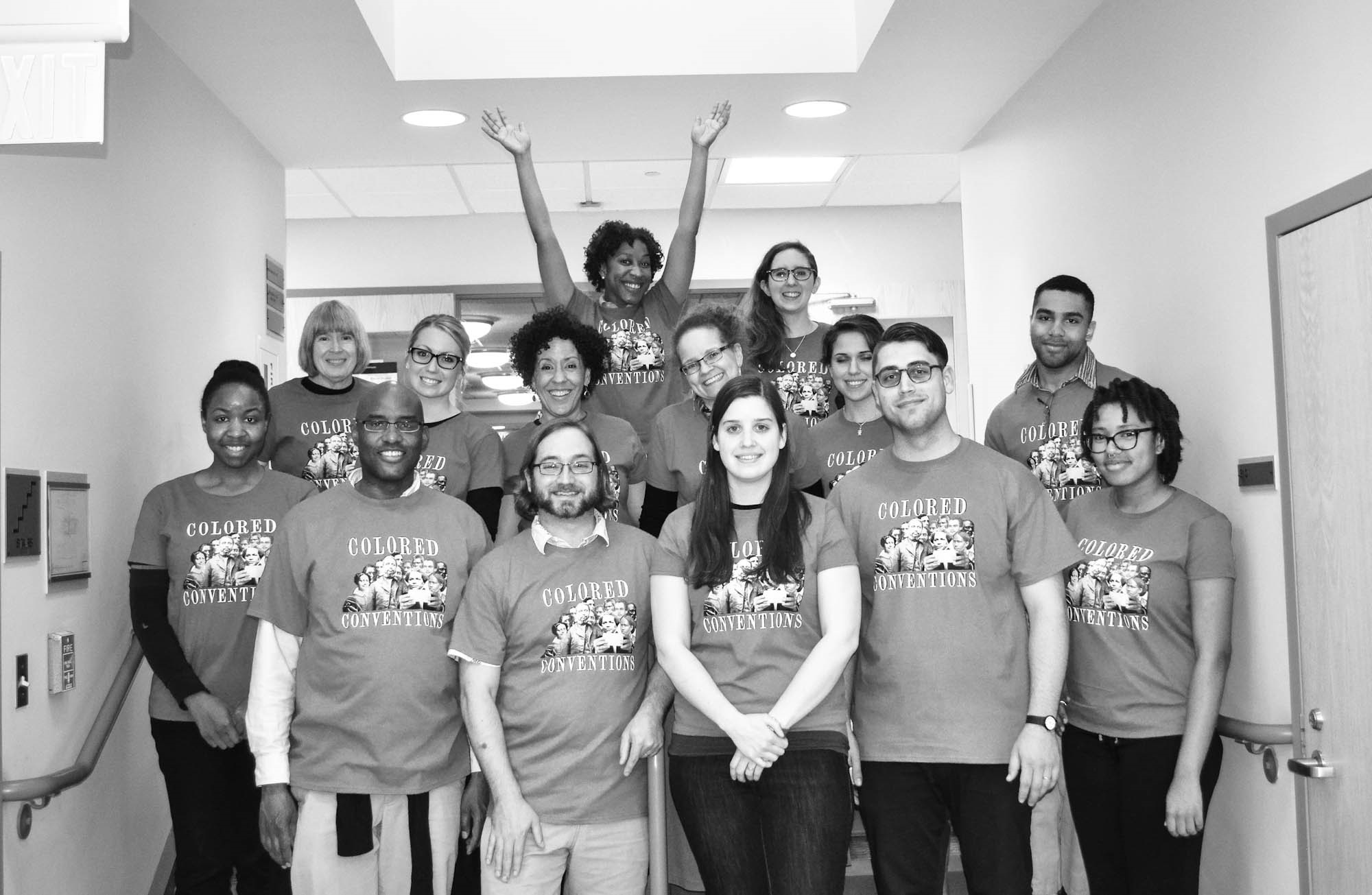Colored Conventions Project
Abstract
From 1830 until well after the Civil War, free and fugitive Blacks came together in state and national "Colored Conventions." Before the war, they strategized about how to achieve educational, labor, and legal justice at a moment when Black rights were constricting nationally and locally. After the war, they continued to convene to discuss local, national, and international possibilities, problems, and challenges. The delegates to these meetings included the most well-known, if mostly male, writers, organizers, church leaders, newspaper editors, and entrepreneurs in the canon of early African American leadership — and many whose names and histories have long been forgotten. What is left of this phenomenal effort are rare proceedings, scattered newspaper coverage, and petitions that have never before been collected in one place. Since 2012, the Project has made digitally available six decades of Black political organizing that overlapped with and was obscured by the abolitionist movement. This project seeks to not only learn about the lives of these male delegates, the places where they met, and the social networks that they created, but to also account for the crucial work done by Black women in the broader social networks that made these conventions possible. The project has involved over 1,000 students across the country in undergraduate research through a curriculum adopted by national teaching partners.From 1830 until well after the Civil War, free and fugitive Blacks came together in state and national "Colored Conventions." Before the war, they strategized about how to achieve educational, labor, and legal justice at a moment when Black rights were constricting nationally and locally. After the war, they continued to convene to discuss local, national, and international possibilities, problems, and challenges.
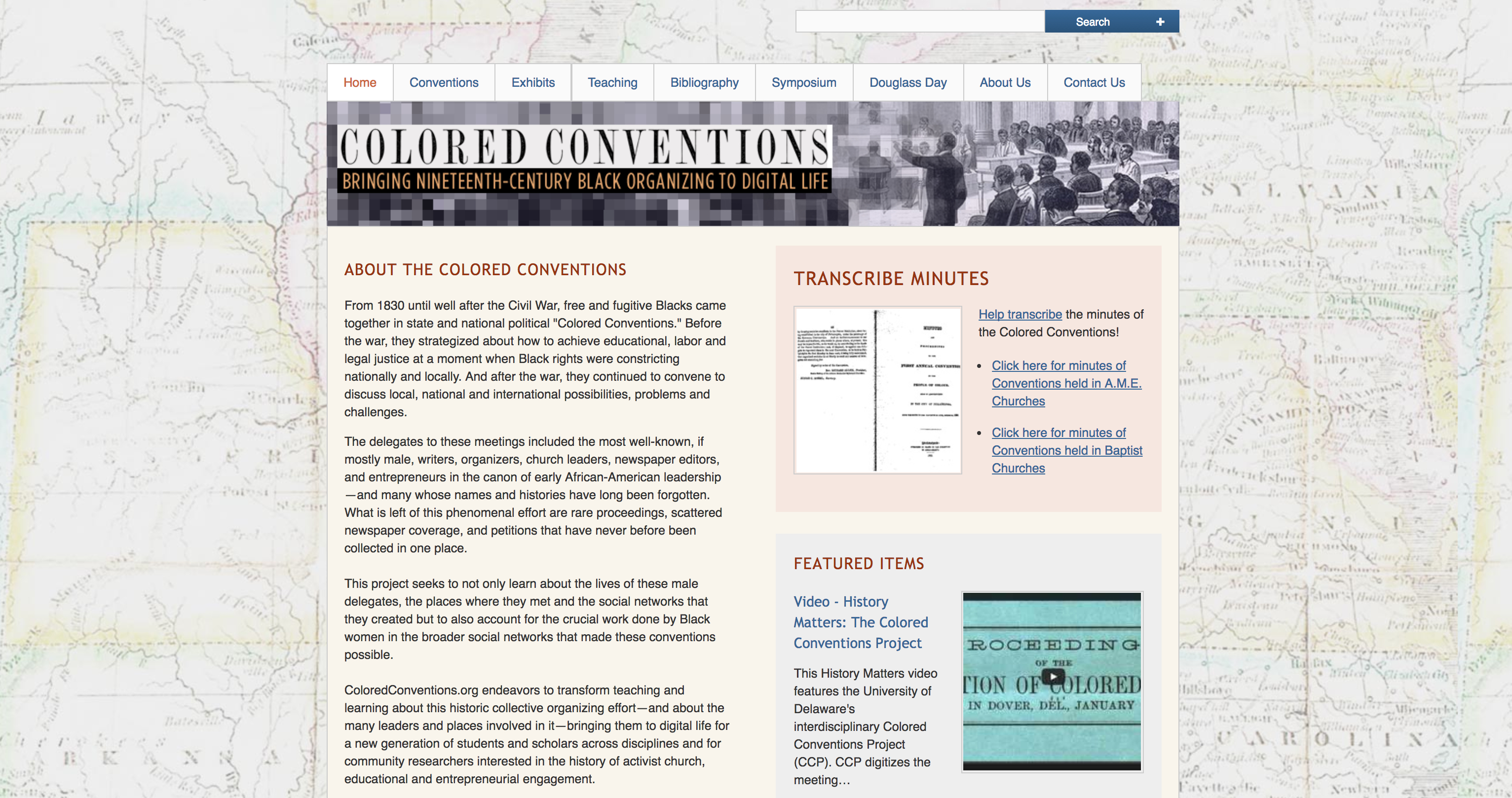
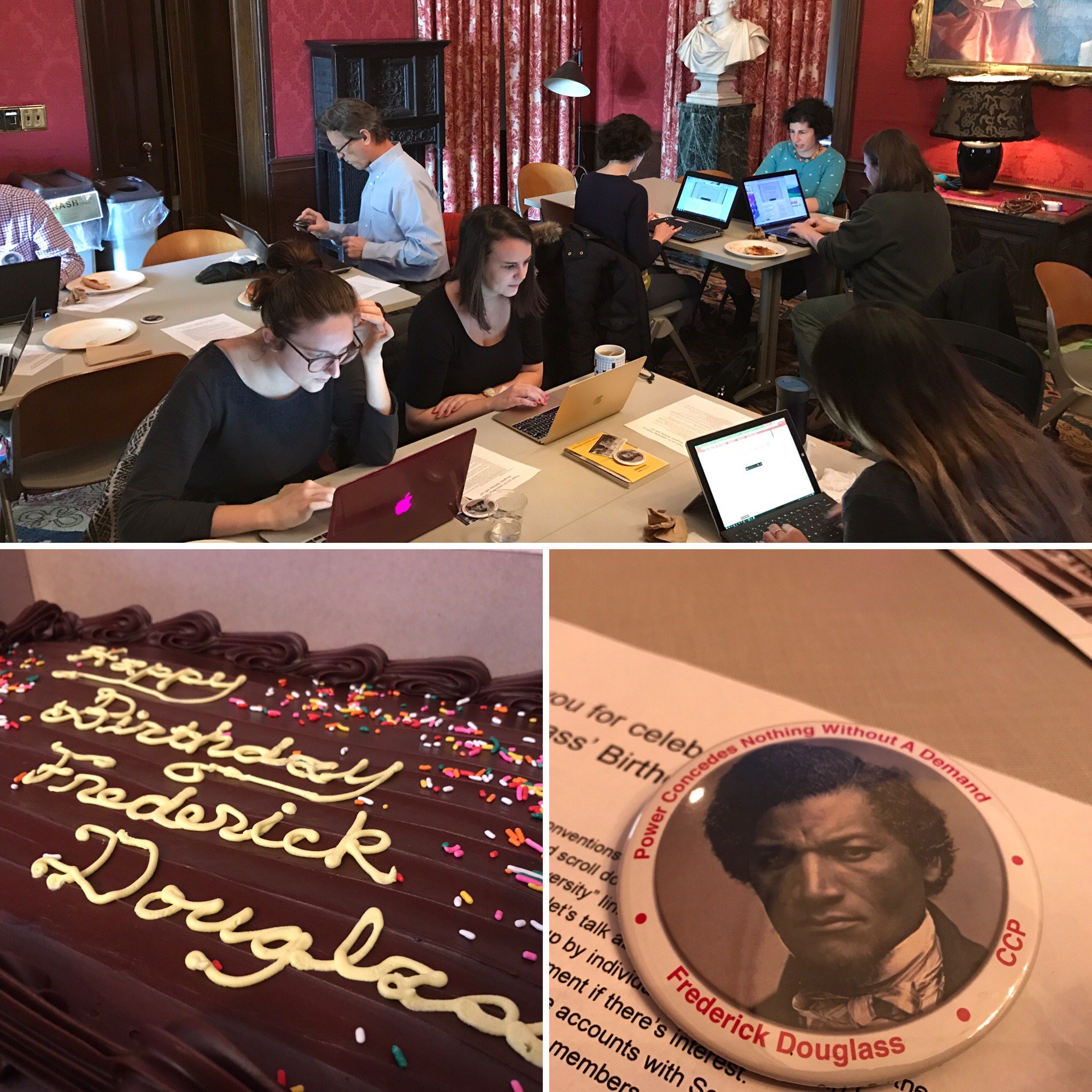
The delegates to these meetings included the most well-known, if mostly male, writers, organizers, church leaders, newspaper editors, and entrepreneurs in the canon of early African American leadership—and many whose names and histories have long been forgotten. What is left of this phenomenal effort are rare proceedings, scattered newspaper coverage, and petitions that have never before been collected in one place. Since 2012, the Project has made digitally available six decades of Black political organizing that overlapped with and was obscured by the abolitionist movement. This project seeks to not only learn about the lives of these male delegates, the places where they met, and the social networks that they created, but to also account for the crucial work done by Black women in the broader social networks that made these conventions possible.
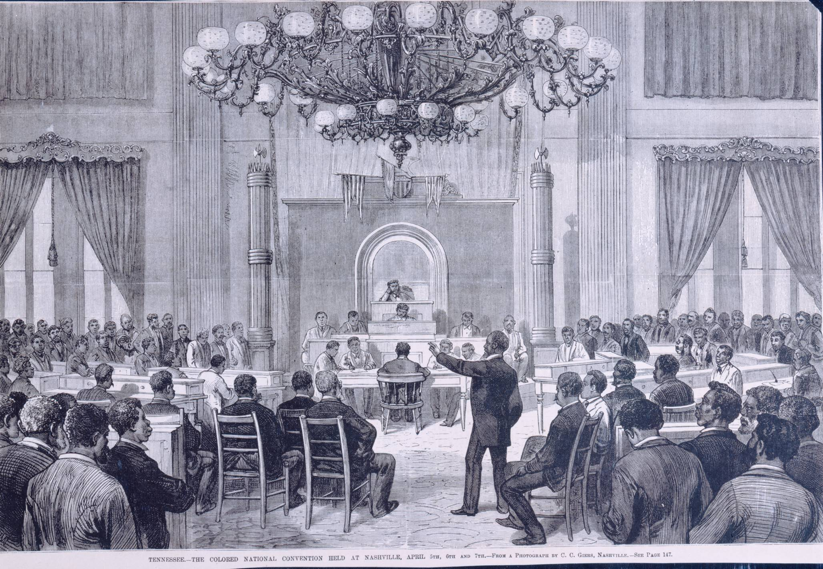
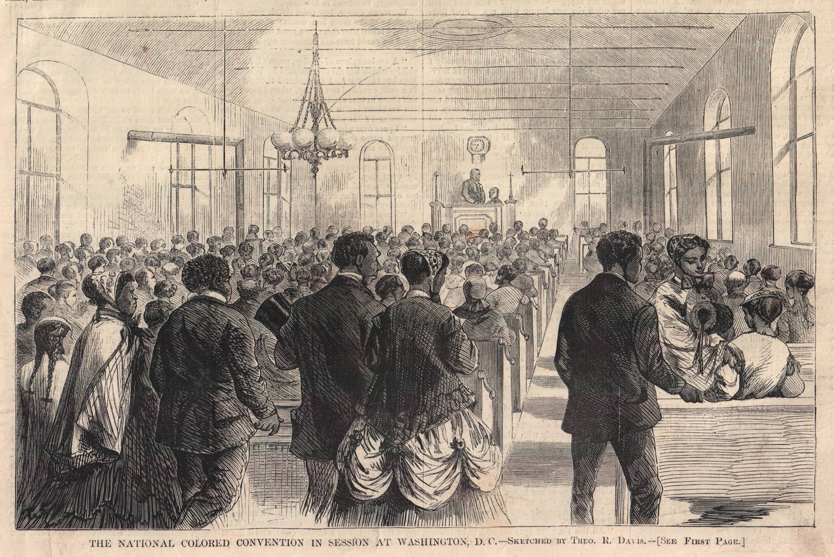
The project has involved over 1,000 students across the country in undergraduate research through a curriculum adopted by national teaching partners. ColoredConventions.org endeavors to transform teaching and learning about this historic collective organizing effort—and about the many leaders and places involved in it — bringing them to digital life for a new generation of students and scholars across disciplines and for community researchers interested in the history of Black activist church, educational, and entrepreneurial engagement.
